Christmas Decorations from Winter’s Garden
By: Kristen McCauley
Senior Manager of Education and Interpretation
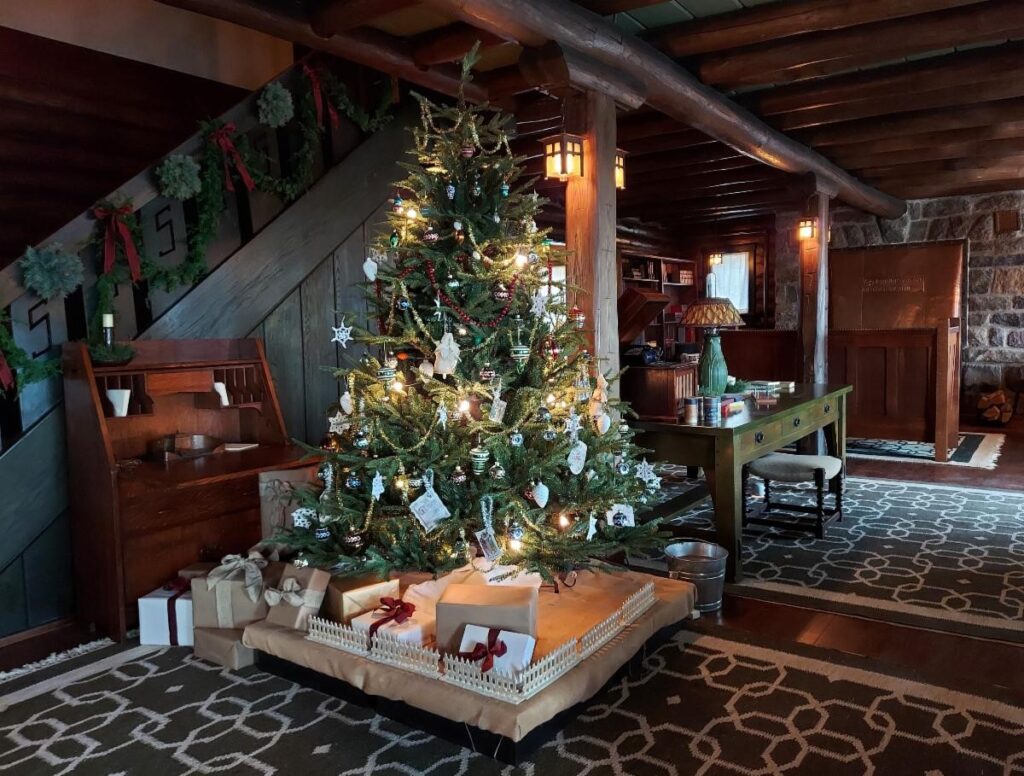
Nearly every December (2020 being the notable exception), we decorate the Log House based on ideas about the Christmas holiday as told through articles in Stickley’s magazine, The Craftsman. In the magazine, Stickley advocated for the use of natural decorations, promoted products and projects as appropriate and thoughtful gifts–from pottery to furniture to hand-made toys–and made recommendations for keeping the spirit of Christmas, both commercially and philosophically.
One idea the magazine comes back to many times over during its 15 year run, is the beauty nature provides even in the cold depths of winter. While the colorful flowers and foliage that make spring and summertime so vibrant are hibernating, it may seem that all the life in a garden has died if not for the evergreens and bright berries that “keep alive the promise of another summer. Berries…on gray winter days or against sun-bright snowbanks, they scintillate like jewels.”
“Nature has set many a lovely plant in her winter garden of rich perpetual green, giving some of them an added charm of scarlet berry, or berry of blue or white or purple.”
“Christmas Decorations from Winter’s Garden,” The Craftsman, December 1911.

Holly and mistletoe are holiday standards now, as they were at the turn of the 20th century, and with good reason. You can depend on their cheerful glossy leaves and scarlet berries year after year. Winter’s garden also features the colorful snowberry, barberry, winterberry and black alder; “the viburnums with black berries, the wild currant with small but pretty red fruit, the spindle tree with pink berries and the orange and red bittersweet can be obtained with a little search of open groves and sheltered pastures.”
“Evergreen trees of all kinds, the firs, spruces, arborvitaes, pines, hemlocks, whose balsamic fragrance add so much to Christmas cheer…. Delicate mosses, lichens and little rock ferns can often be found on the sheltered side of rocks, that are as green as when summer holds sway over our land.”
In a December 1911 article titled “Christmas Decorations from Winter’s Garden,” we’re encouraged to “give ourselves the joy of a search for them through winter fields and woods? Would not such a a search be just about the best part of the season’s merry making?” In this way, we might find the spirit of Christmas by going out to meet it. Feeling inspired by those poetic words about the mundane, while walking in a local park on the first day of winter, I stopped to catch a glimpse of some of those scintillating jewels and glossy evergreens amidst the gray winter landscape.
Whether gathered from your own garden, or purchased from a store or florist, the holiday custom of “decking our homes with holly, mistletoe or with branches of any green plant hardy enough to carry with it a hint of immortality by remaining fresh and green throughout the apparent death of the world during the winter,” is long established, and had been even in Stickley’s day. What was new, perhaps, was a growing awareness of the impact our celebrations were having on the natural environment and an inclination towards conservation.
So, Stickley advocated a conservation-minded approach to holiday decorating, that I’d argue, manages to double down on the spirit of Christmas.
“The best of all the plans for the use or preservation of our evergreens is that of bringing the Christmas tree into the house, roots and all, planting it in a tub of green, letting it yield its magic fruit of toys, candles, gifts and stars for its brief week or two, then transplanting to its permanent home in the garden, here it will keep green for many a year the memory of the children’s happy Christmas day.”
The green world in winter: a garden the year round,” The Craftsman, January 1915.
Replanting your Christmas tree successfully takes a bit of planning. For one, you’d be wise to dig the hole for your replanted tree earlier in the season or risk the ground being frozen when the holiday has passed. A smaller tree has a higher chance of surviving the transition from outdoors to indoors and back out again, and will be easier to manage without damaging the roots. A cut tree cannot be replanted, so you must start with a tree that has its root ball intact and is either burlap-wrapped or container-grown. Make sure to keep the tree well watered the entire time it is indoors, in a cool location away from heat sources, and limit it’s total time spent indoors to only a week or so. Then transition your tree back out into the cold, plant it in your pre-dug hole, water it well and you can enjoy your Christmas tree for many years to come!
We can also extend this practice of looking to nature’s gifts for our own gift-giving this holiday season. The article, “Flower Gifts for Xmas Time,” from the December 1916 issue, is, predictably, filled with recommendations of flower gifts for “intimate or distant friends.” The poinsettia is an obvious choice this time of year, it conveys warmth and good cheer with its bright red color and long association with Christmas. The article goes on to offer an “incomplete list of bright blooming plants” that would make thoughtful and cheery gifts.
“Flowers, because they have life, growth and death, because they respond to kind or unkind treatment, because they are sensitive to heat and to cold, crave the fresh air and push toward the sun, seem in spite of their frailty to make a more sympathetic gift than anything else.”
“Unless a gift means something beside the money value spent upon it, it is without worth. A gift should touch the memory and the heart so that long after the material expression of it has passed the glow in the heart is still alive. As one remembers a smile on a friend’s face, an encouraging word in time of trouble; these are the gifts that fade not.”
“Flower Gifts for Xmas Time,” The Craftsman Volume XXXI, Number 3 December 1916
Craftsman Magazine articles referenced:
“The Christmas Garden: Plants and Shrubs that Give Color to the White Landscaped,” The Craftsman, December 1914.
“Christmas Decorations from Winter’s Garden,” The Craftsman, December 1911.
“The Christmas Tree as a Symbol of Life – Also a Lesson in Conservation,” The Craftsman, January 1913.
“Flower Gifts Gifts for Xmas Time,” The Craftsman, December 1916.
”The green world in winter: a garden the year round,” The Craftsman, January 1915.


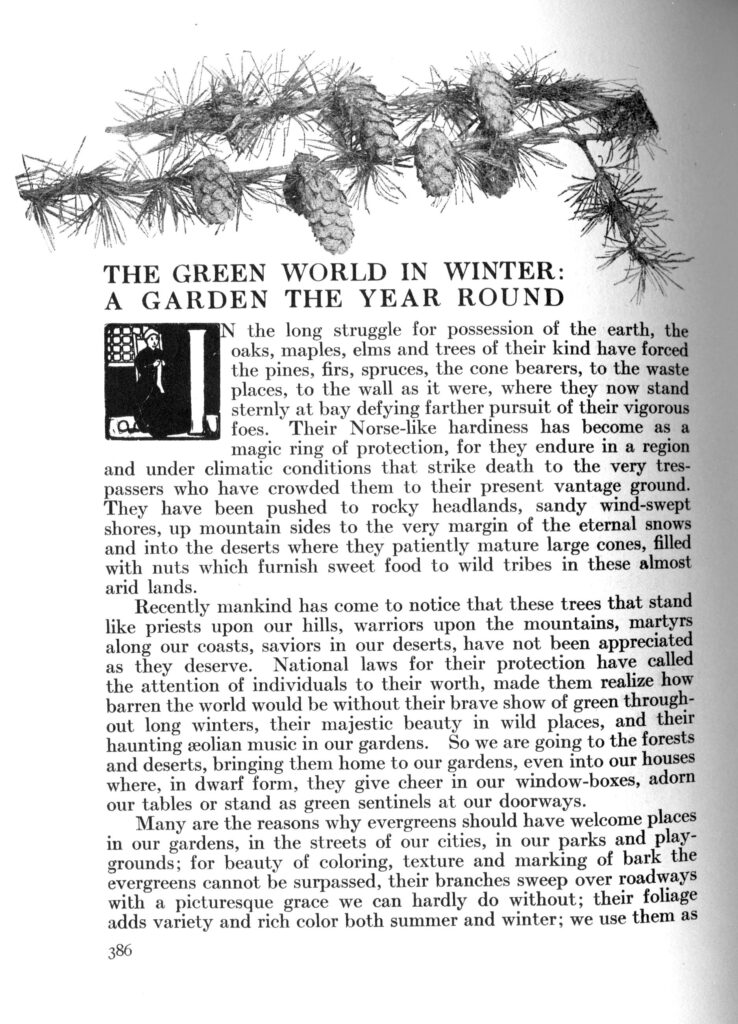
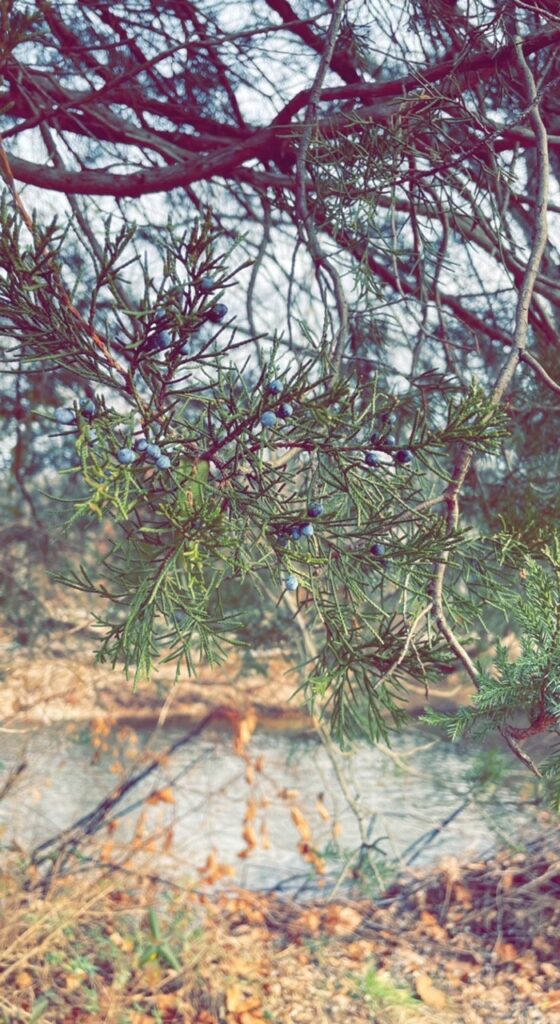
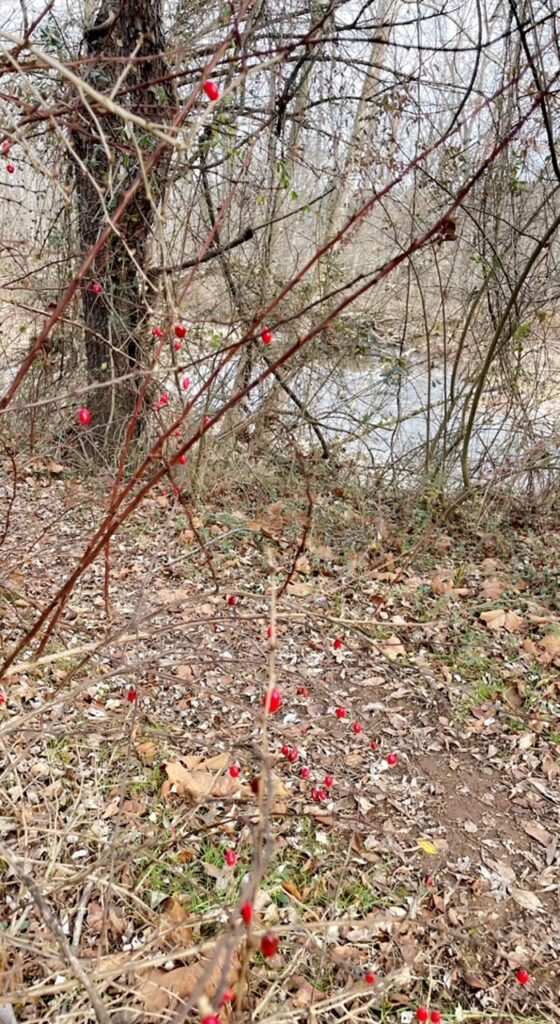







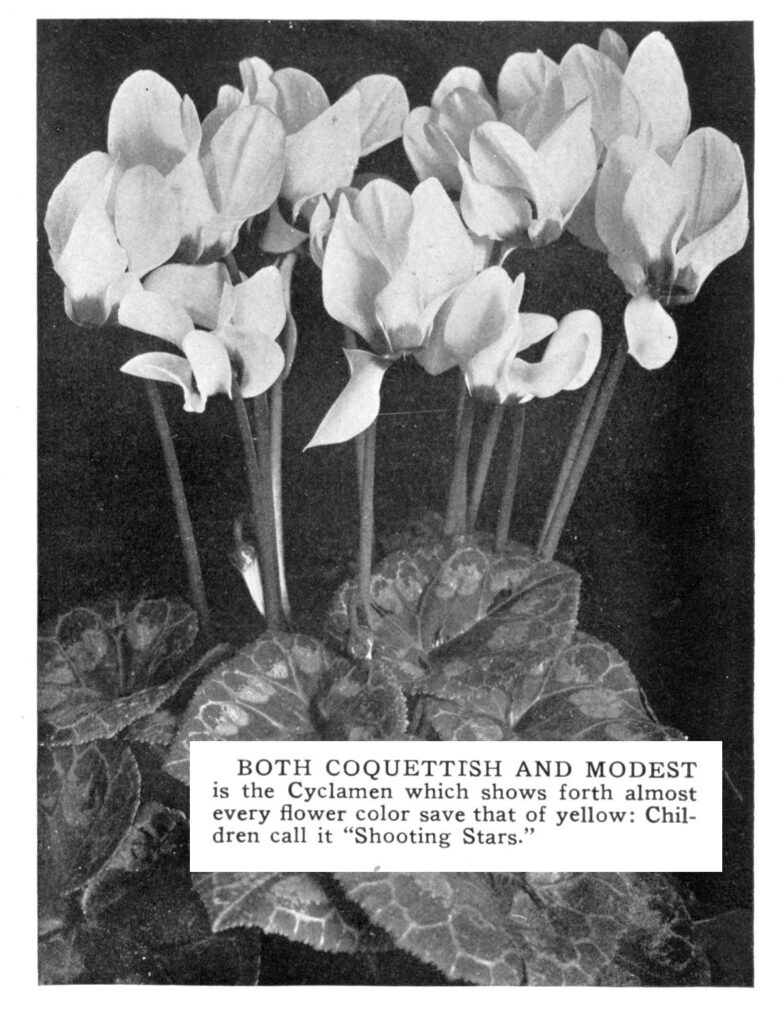

Kristen,
Great job! A great analysis of how Christmas can be displayed in a natural and A&C manner. Your Craftsman Magazine references are wonderful Great job.
Ted Lytwyn